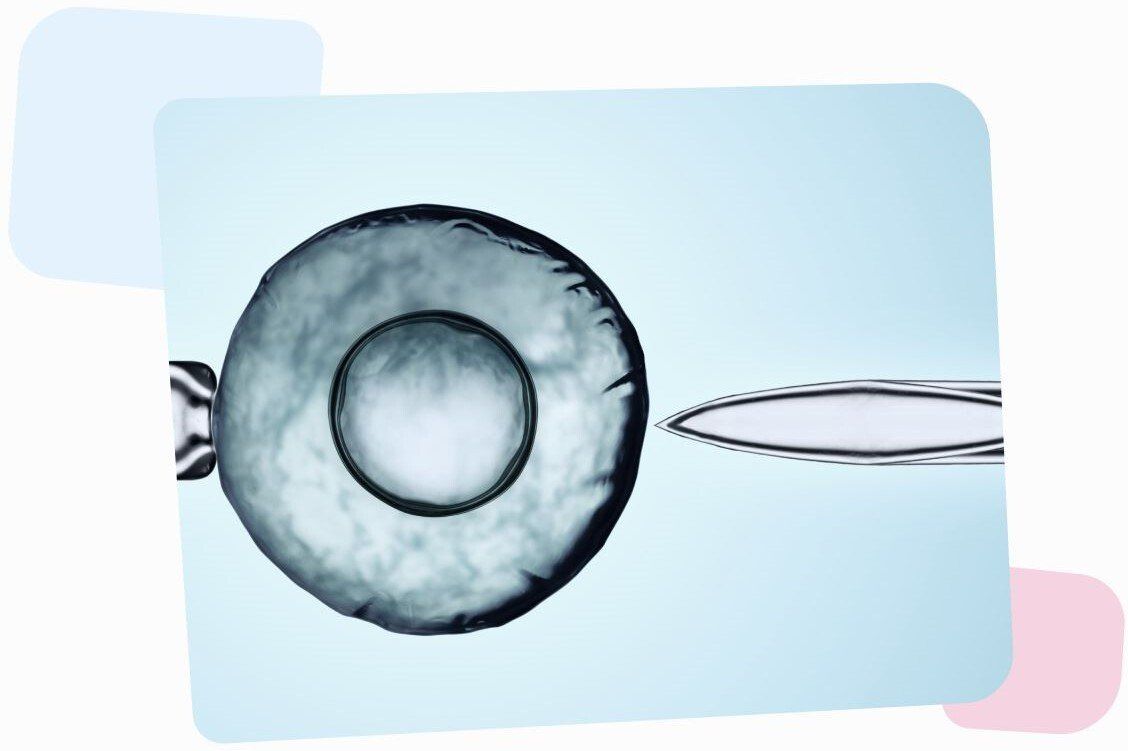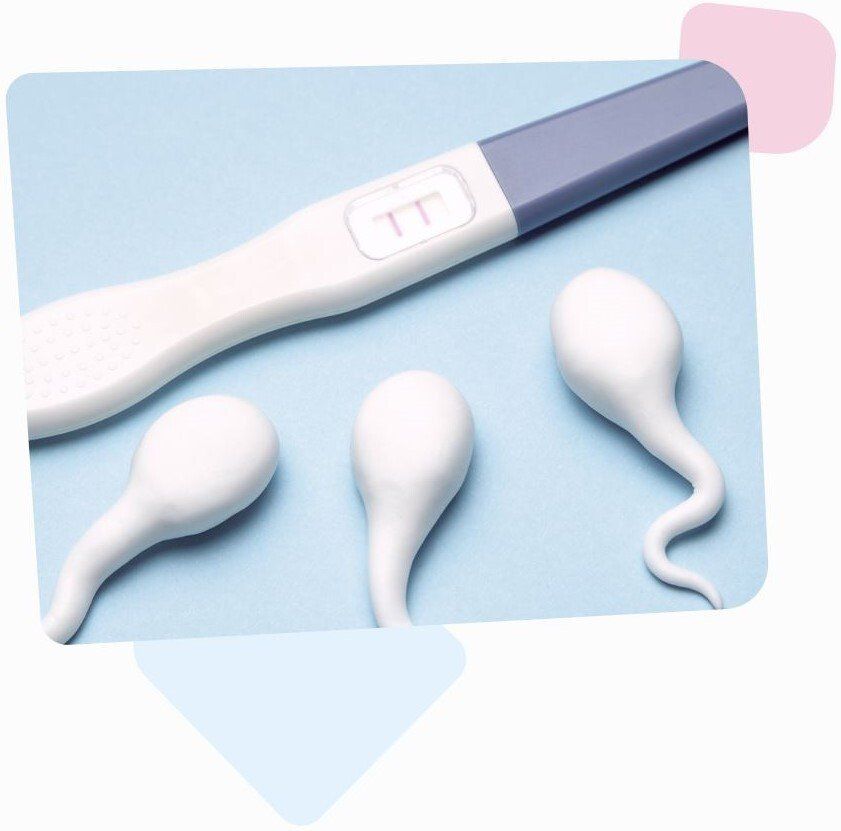Home I For Recipients I Embryo Guarantee
Guarantees on Each Cohort of Eggs
You won’t get only eggs – you will get the embryo guarantee.
Ovoria egg donor bank has elaborated transparent guarantees system on vitrified donor oocytes. We guarantee 80% of survival rate for the set of 6 oocytes. 2 embryos are guaranteed for the set of 8 oocytes, and 3 embryos for 12 oocytes respectively.
| Vitrified oocytes from one donor for the IVF treatment | Guarantee of obtained material for the IVF treatment* |
|---|---|
| Up to 6 oocytes | 80% of the oocytes survival rate |
| 8 oocytes | 2 embryos of day 3 or 1 blastocyst АА / АВ / ВА / ВВ quality |
| 12 oocytes | 3 embryos of day 3 or 2 blastocysts АА / АВ / ВА / ВВ qualities |
* a prerequisite - fertilization of all received after thawing material
** photo of thawed oocytes and thawed embryos / blasts to the claim form must be sent
*** following the KITAZATO method is recommended
To qualify for this guarantee program, the following criteria are required:
- Semen parameters (on the day of sperm thaw) require > 5 million total motile sperm with a morphology of 2% or higher (Kruger strict criteria). Sperm will be checked at the time of egg warming/sperm thaw (prior to ICSI) to verify that it meets the required criteria.
- No surgical procedures that require MESA, TESE or TESA.
-
What is IVF?
In vitro fertilization is a method of assisted reproductive technology in which a man’s sperm and a woman’s eggs are combined outside of the body in a laboratory. Then one or more fertilized eggs (embryos) may be transferred. An embryo may be injected into the uterus, implanting in the uterine lining and continuing to develop.
-
What is IVF process?
The process of IVF treatment consists of 5 steps:
Ovarian Stimulation
During this step a woman takes medication so that healthy eggs are produced. Most months, women make only one egg, but with IVF, they stimulate 10-15 eggs to increase their chances of becoming pregnant.
Egg Retrieval
The next step of IVF treatment involves the harvesting of eggs. Egg retrieval is done while a woman sleeps under a general anesthetic. Once completed, an embryologist examines the eggs under a microscope to count them.
Fertilisation
The next thing that happens is the fertilization of eggs and sperm. The timing is crucial here. The eggs are retrieved, and then, after a few hours, they're fertilized with sperm. There are two ways to fertilize an egg: Conventional insemination or ICSI. In conventional insemination, the sperm is placed in a dish containing an egg to allow them to fertilize on their own. In ICSI, one sperm is injected into the cytoplasm of a fertilized egg using a needle.
Blastocyst Culture
Once the sperm fertilizes the egg, it becomes an embryo. The embryo is then placed in a unique incubator by embryologist, where the embryo is provided with the proper condition to develop and grow. Adequate monitoring of the embryo is done for 5-6 days.
Embryo Transfer
The final step is Embryo Transfer. Once the embryo develops to the blastocyst stage, it is implanted into the uterus using a small tube called a Catheter. It usually takes place within 3-5 days after fertilisation. Once the embryo is transferred to the uterus, it is allowed to the implant, and a blood test is carried on after two weeks to measure the hormone HCG.
-
Who needs IVF?
IVF treatment can be recommended for couples who are struggling with such medical conditions as:
Endometriosis: This is a painful disease when tissue similar to the tissue that normally lines the inside of a woman's uterus — the endometrium, which grows outside the uterus. Generally, endometriosis involves ovaries, fallopian tubes and the tissue lining pelvis.
Polycystic Ovary Syndrome (PCOS): This is a hormonal condition caused by an excess of male hormones and a deficiency of female hormones. The hormone imbalance can affect the lack of ovulation. A woman who has polycystic ovaries does not ovulate or does not ovulate regularly. They also have an excess production of androgen, which is the male hormone. PCOS can have a huge impact on female fertility and women's health.
Unexplained infertility: Unexplained infertility is the most common type of infertility women could face. It's responsible for around 30% of infertility cases. Even after primary infertility medical tests are carried out, the source of infertility remains a secret.
Secondary infertility: According to National Infertility Association, secondary Infertility is an incapability to conceive or carry a healthy pregnancy to live after previously giving birth. It usually refers to couples who were trying to conceive for six months to one year.
Male infertility: The main symptom of male infertility is the inability to help his wife to conceive.
-
What is the age limit for IVF treatment?
The age limit for IVF treatment can vary from country to country. For example, in Ukraine, there is no legal age for Ivf treatment, but treatment is not allowed over the age of 51 years because of potential health problems.
-
Why are IVF cycles sometimes can be unsuccessful?
There are a few reasons for IVF failure:
- Poor embryo failure
- Ovarian response
- Age of female
- Poor ovarian response
- Lifestyle factors
- Chromosomal abnormalities
-
How to take a pregnancy test after IVF?
Sometimes women can have problems with taking pregnancy tests after IVF treatment because of fertility drugs that were used during the IVF cycle. Boosting fertility drugs have chemicals that elevate the hormone hCG, sometimes called the pregnancy hormone. This hormone is used in pregnancy tests to find out if a woman is pregnant.
-
Is IVF treatment painful?
An in vitro fertilization cycle is composed of 5 steps:
- Ovarian stimulation
- Egg retrieval
- Fertilisation
- Blacostyct culture
- Embryo transfer
While you go through different steps, you'll experience different side effects and different levels of discomfort.
-
How long should I wait beetwen IVF cycles?
The standard time between IVF cycles is one full menstrual cycle. You should not do a fresh IVF cycle two months in a row without a menstrual cycle in between them.
Ovoria Egg Bank
Medicover Group
Antonovycha street, 102
79057 Lviv, Ukraine
Privacy policy | Public offer | Cookies policy | Service Map | Ovoria Copyright 2024



